5 non-returning Aboriginal boomerangs discovered in dried-up riverbed
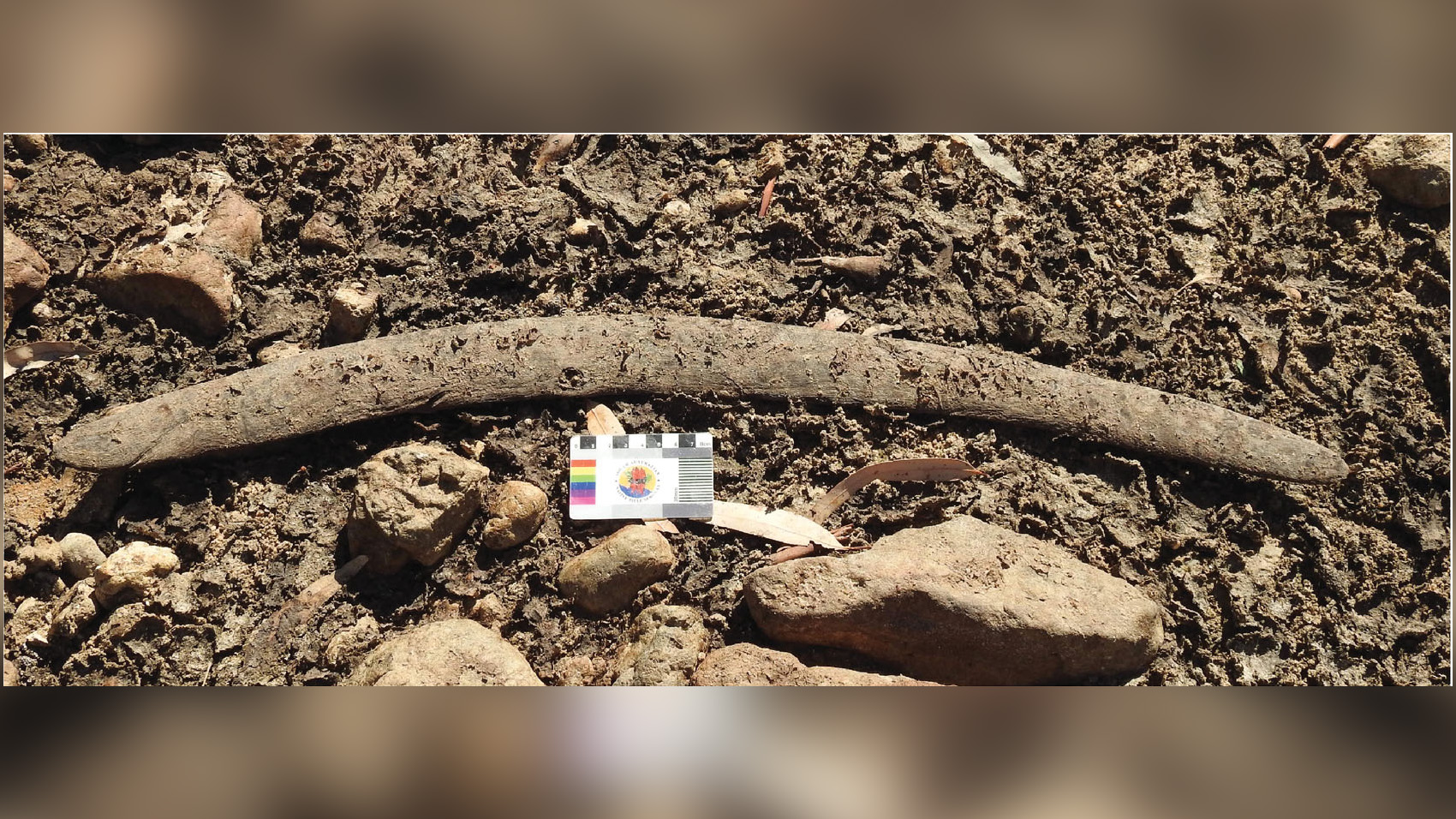
Five rare "non-returning" boomerangs found in a dry riverbed in South Australia were probably used hundreds of years ago by the Aborigines to hunt waterbirds, according to a new study.
A new analysis of the artifacts — four complete boomerangs and a fragment of another — suggests that Aboriginal Australians used them for a variety of purposes, such as hunting, digging, stoking fires, and probably even in ceremonies and hand-to-hand combat.
Radiocarbon dating revealed that Aborigines crafted the boomerangs from wood between 1650 and 1830, — before the first Europeans explored the area. The artifacts give a rare glimpse of what life was like for the Indigenous inhabitants of the southern continent, according to study lead researcher Amy Roberts, an archaeologist and anthropologist at Flinders University in Adelaide
"Even before we had the dates, we could see they were made with stone tools rather than metal tools, [which were] used after the European invasion," she told Live Science. "You can see it in the sharpness of the cuts — in some of the microscope images we can see the nature of the wood shaping."
Related: In photos: Travel Australia's Great Ocean Road
Because Aboriginal boomerangs are made from wood, they quickly decompose when exposed to the air. This is only the sixth time that any have been found in their archaeological context. "It's especially rare to have a number of them found at once like this," Roberts said.
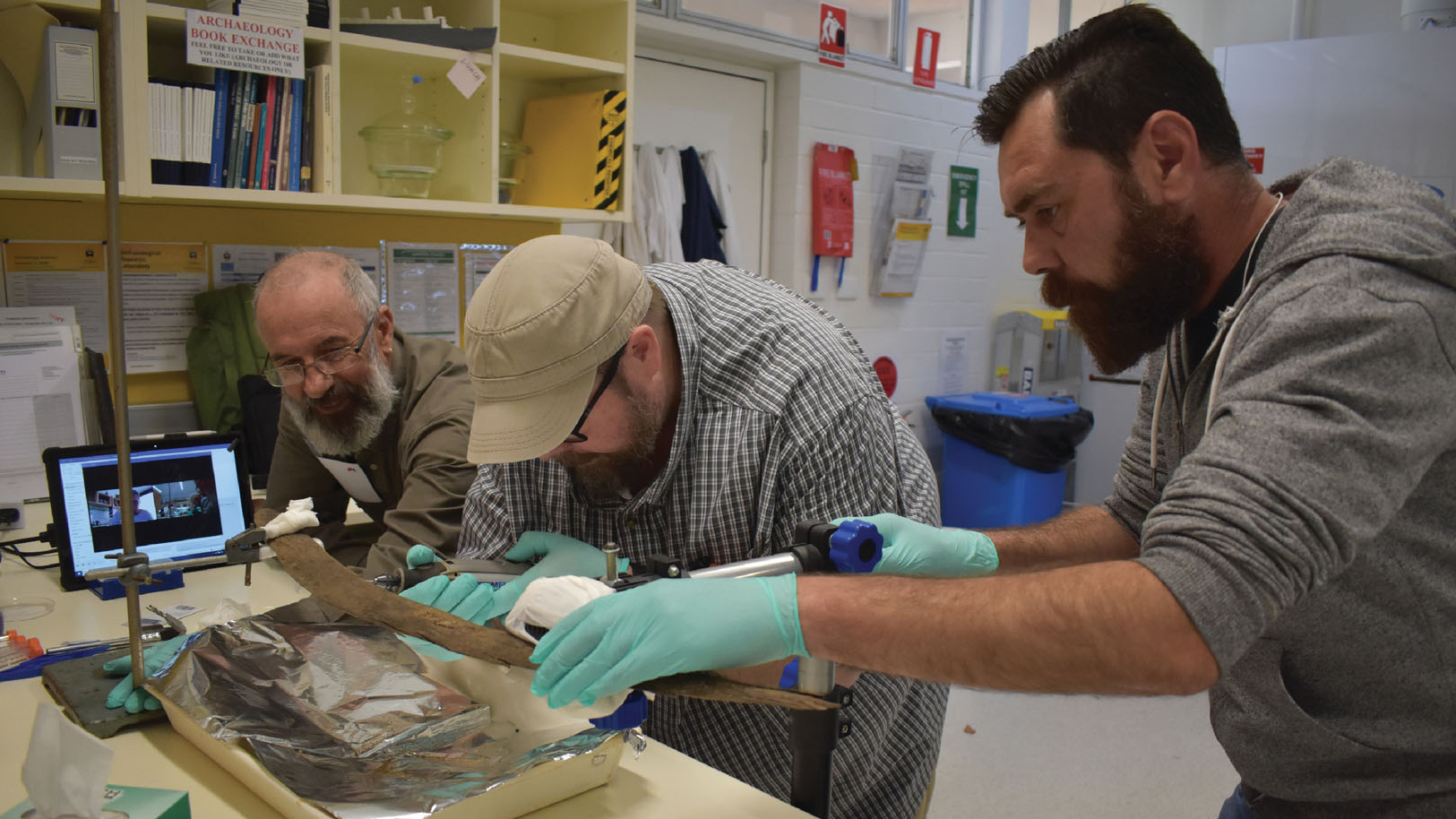
Dry creek
The boomerangs were found largely because of a drought. The gullies of the Cooper Creek river system are usually filled with water, but in late 2017 and early 2018 the river dried up in an especially hot summer, exposing the riverbed and the boomerangs that were partially buried there.
Sign up for the Live Science daily newsletter now
Get the world’s most fascinating discoveries delivered straight to your inbox.
The first was spotted by a woman from the Yandruwandha Yawarrawarrka traditional land owners group, who was clearing garbage from the dry riverbed. The three other boomerangs and the fragment were found within a few weeks, all within a few miles of each other.
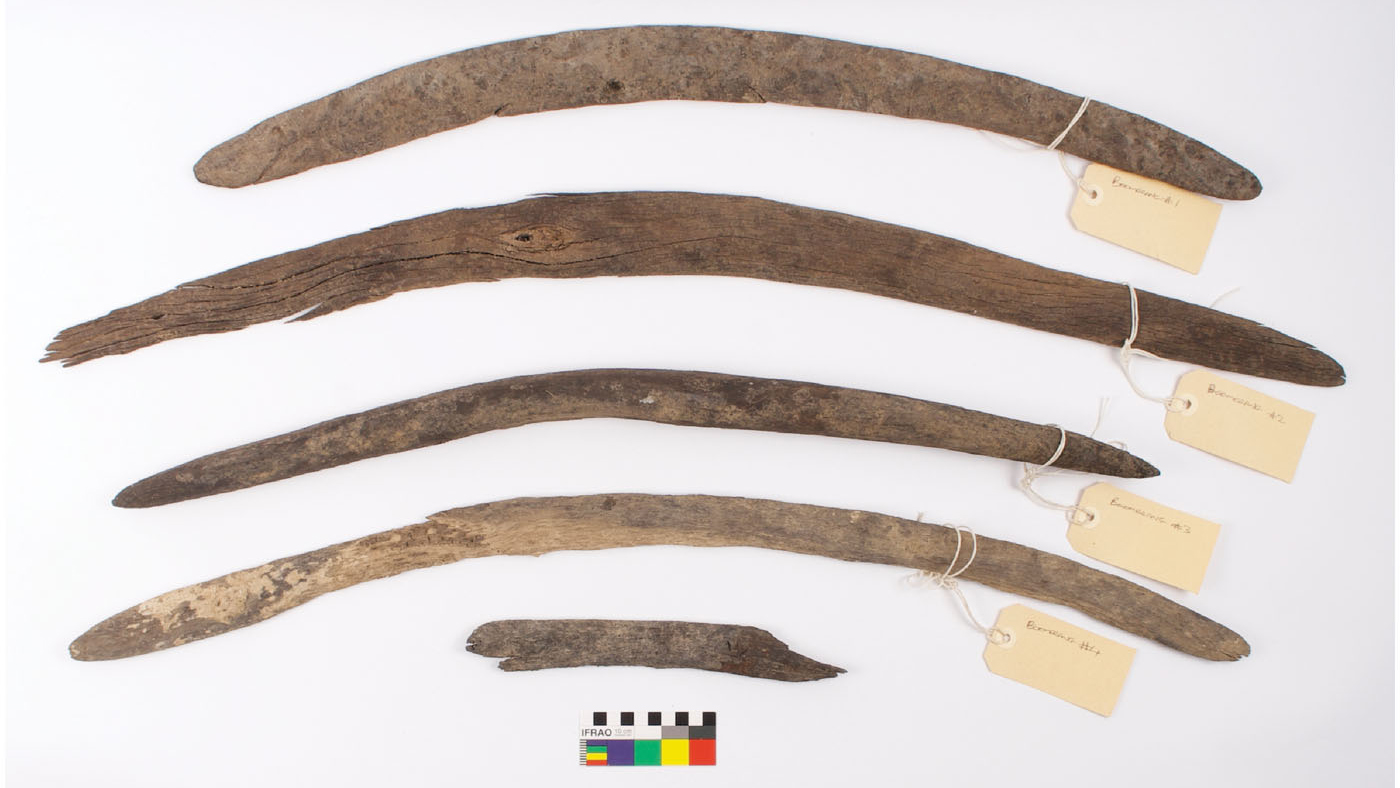

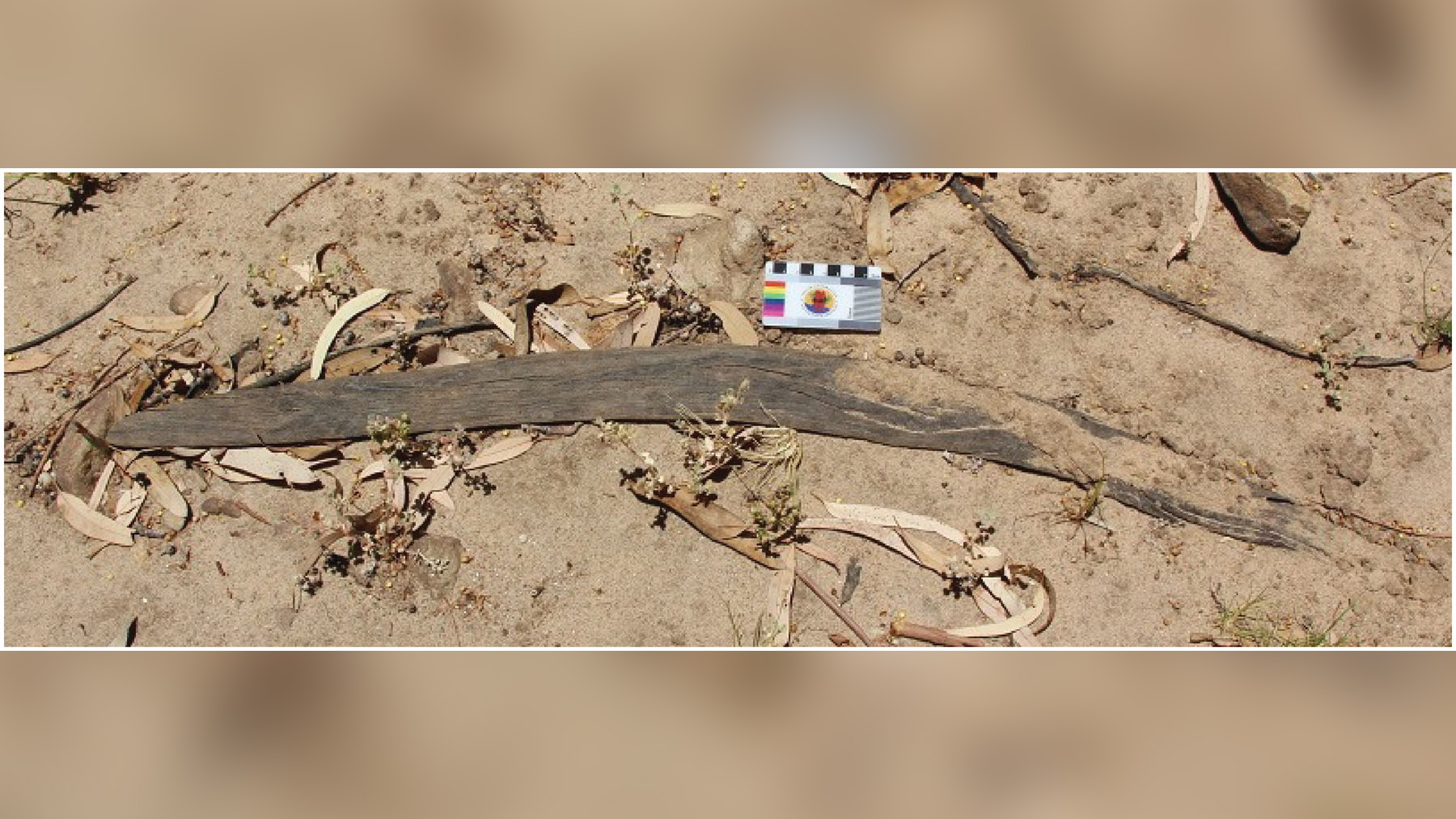
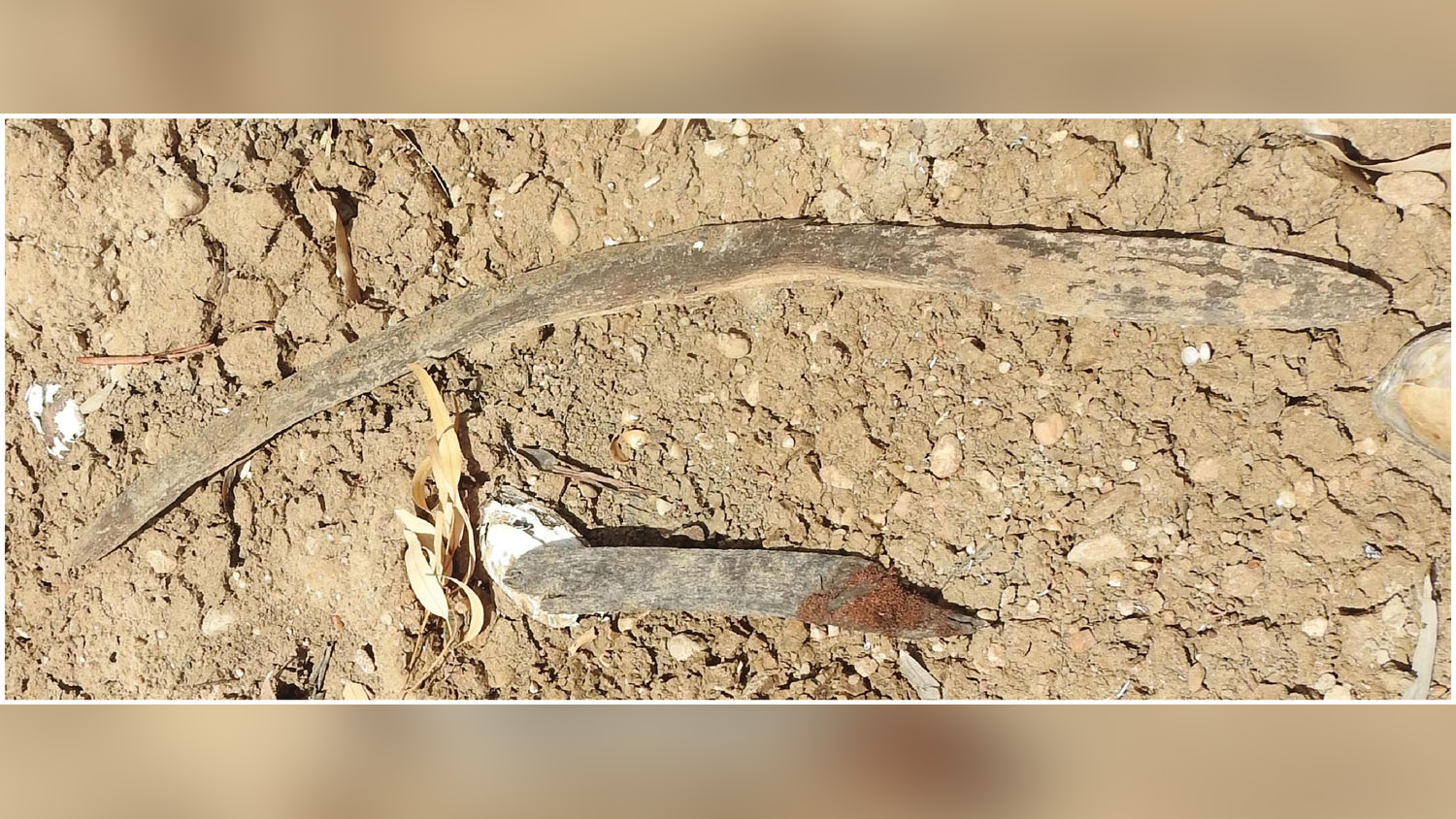

It's possible the Aborigines deposited the boomerangs elsewhere, and then water washed the tools into the river system, Roberts said. But a better explanation could be that Aborigines threw the boomerangs over the river to scare waterbirds into awaiting nets, an activity described in oral traditions.
"We had that idea from looking at traditional stories about people losing boomerangs over the water and looking for them, so this was a possibility," she said.
The largest of the newfound boomerangs would have been about 40 inches (1 meter) long when it was complete, and was likely too heavy to be used as a projectile. "It is therefore probable that this artifact's main use was in close fighting," the researchers wrote in a study published online Nov. 3 in the journal Australian Archaeology.
Some ethnological accounts describe boomerangs as "fearsome weapons," and there are Aboriginal drawings of "fighting" boomerangs that people used in hand-to-hand duels.
The oldest boomerang of the new collection, dated to about 1656, is also one of the best preserved. It, too, was probably too heavy to be thrown very far, the team found.
"The wooden artifact was therefore much more multi-purpose in function and could have been used as a digging stick, in fighting and for hunting game," the researchers wrote in the study. It was significantly charred at both ends, which indicated it had probably also been used to stoke fires.
Boomerang flight
Boomerangs are famous today for flying away and then back toward the thrower; but that may have been an accidental discovery due to their aerodynamic cross-sections, Roberts said.
"Non-returning" boomerangs were more useful and more common: They tended to be large and relatively heavy, with a characteristic bend or "elbow" that made them spin when they were thrown.
"I think it's just a stereotype that a boomerang returns and that it's the smaller, symmetrical-looking one, when in fact it's a really broad class of objects," Roberts said. "Many would have some aerodynamic properties, but a lot of them didn't return."
Ethnological studies suggest that Aboriginal men kept certain types of boomerangs in their camps for different purposes, including decorative ones for dances and ceremonies. But the Cooper Creek boomerangs aren't decorated with carvings or show signs they were painted, Roberts said.
Similar throwing sticks were used in other parts of the world, including in ancient Egypt, Poland and North America. But boomerangs are now inextricably linked with Australia — although changes in the climate there threaten any future finds, Roberts said.
"The predictions for their area are that these waterhole regions will be more subject to wetting and drying conditions — so they'll have less stability," she said. "And that's not good for wooden objects."
Originally published on Live Science.
Tom Metcalfe is a freelance journalist and regular Live Science contributor who is based in London in the United Kingdom. Tom writes mainly about science, space, archaeology, the Earth and the oceans. He has also written for the BBC, NBC News, National Geographic, Scientific American, Air & Space, and many others.









